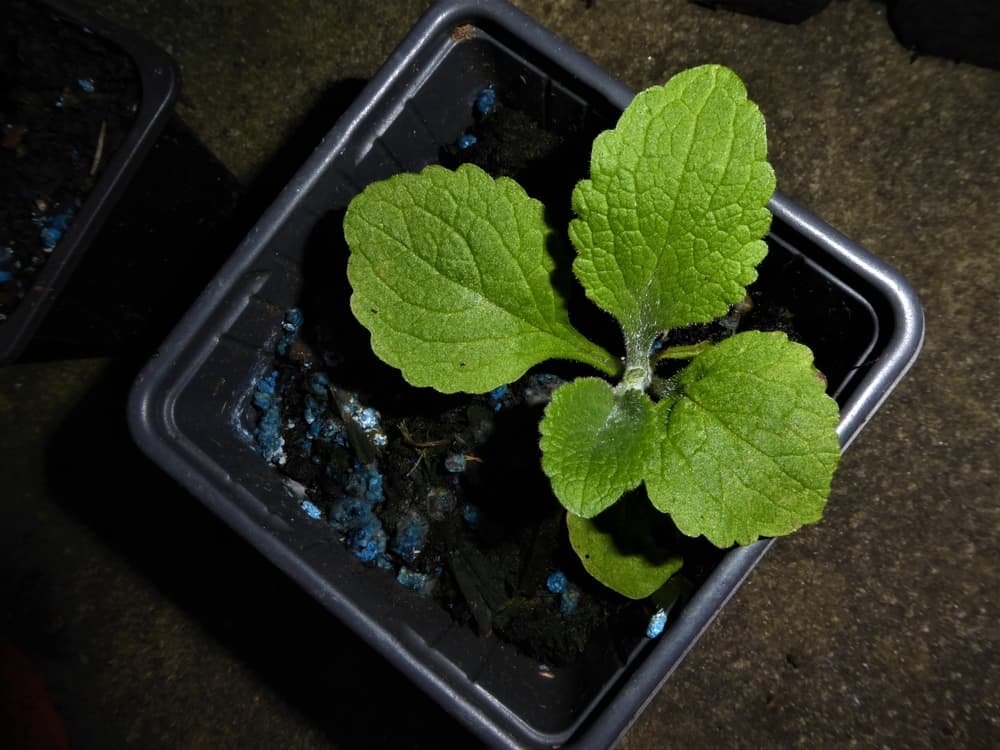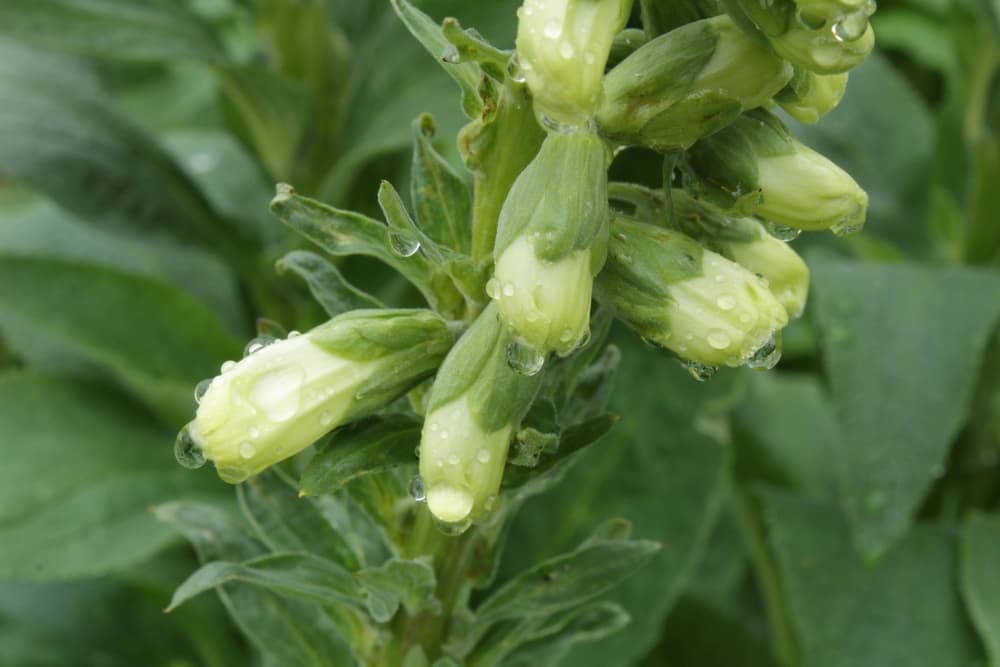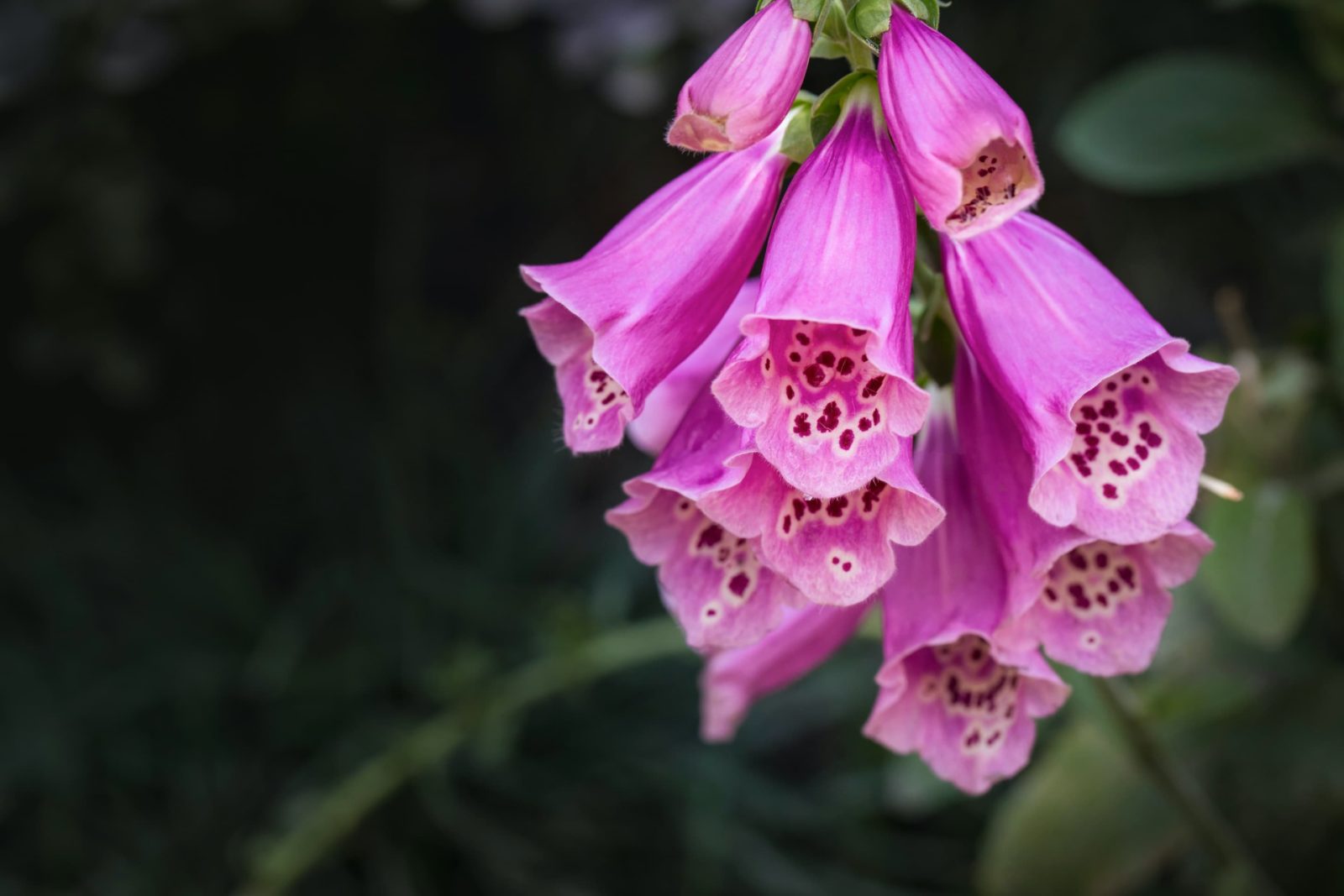BIENNIALS > FOXGLOVES
Chris is a gardening writer and nature enthusiast. He graduated from Oxford Brookes University in 2022 with an MA in Psychology. Chris works with the Leeds Green Action Society, helping their food cooperative by growing various fruit and vegetables on their two allotments in Hyde Park, Leeds.
Reviewed By COLIN SKELLY

Colin is a Horticulturist and Horticultural Consultant with experience in a range of practical and managerial roles across heritage, commercial and public horticulture. He holds the Royal Horticultural Society’s Master of Horticulture award and has a particular interest in horticultural ecology and naturalistic planting for habitat and climate resilience.
Contributions From SALLY FLATMAN

Sally Flatman is the host and creator of the 'Our Plant Stories' podcast. She is a former BBC Radio producer and has received an RHS Level 2 Certificate in the Principles of Horticulture from Capel Manor College.
IN THIS GUIDE
FOXGLOVE GUIDES
Elegant, stately, and just a little whimsical, foxgloves have been beloved by gardeners for centuries.
With their tubular, trumpet-like flowers, the taller of the species bring structure and texture to your garden, whilst the shade-loving woodland natives bring much-needed bursts of colour to even the darkest corners.
With lofty clusters of bell-shaped blooms that come in an array of shades – pinks and reds, lavenders and yellows, creams and white – it’s no wonder these versatile plants have remained popular for so long.
And if that wasn’t enough to send you head over heels in love with these plants, they are also surprisingly easy to grow – making them ideal for even the most inexperienced gardeners.
Overview
| Botanical Name | Digitalis purpurea |
| Common Name(s) | Foxgloves; Lady’s Glove |
| Plant Type | Annual / Biennial Flower |
| Native Area | Western Europe |
| Hardiness Rating | H7 |
| Foliage | Soft, hairy oval leaves |
| Flowers | Spires of purple, pink, peach or white flowers |
| When To Sow | March, April |
| Flowering Months | June, July, August, September |
Sunlight
Preferred Sunlight
Full Sun / Partial Shade
Exposure
Exposed or Sheltered
Size
Height
1.5 – 2.5M
Spread
0.1 – 0.5M
Bloom Time
June – September
Soil
Preferred
Most Soil Types
Moisture
Moist but well drained
pH
Any
“One of my favourite plants at the moment is Foxglove because the ones in my garden are currently self-seeding into my brick pathways,” shares the creator of Our Plant Stories, Sally Flatman.
“I don’t know how they are doing it – they are popping up all over the place! It’s fabulous.”
Foxgloves are part of the Digitalis genus, and most varieties are biennials – meaning they are flowering plants that run on a two-year cycle.1Edwards, S. (2012, December 10). Digitalis: The flower, the drug, the poison. American Association for the Advancement of Science. Retrieved March 16, 2023, from https://www.aaas.org/digitalis-flower-drug-poison
During their first cycle, foxgloves grow from seeds – producing roots, stems and leaves.
The second cycle is the foxgloves’ time to shine; this is when they complete their growth with the formation of flowers and seeds.
If flower heads are not removed foxgloves will reseed abundantly, but either way, this is the end of their cycle, and they will then die.
If you’d like foxgloves to brighten up your garden every year, this means you can simply plant them two years in a row – and allow these cycles to run concurrently each year.

Note that there are also some perennial species, meaning there are options out there with lifespans between three and five years.
Foxgloves are also tremendously valuable to bees; their brightly coloured flowers attract many species providing an excellent source of pollen.2Foxglove (Digitalis purpurea). (n.d.). Woodland Trust. Retrieved March 16, 2023, from https://www.woodlandtrust.org.uk/trees-woods-and-wildlife/plants/wild-flowers/foxglove/
Foxglove Varieties
There are over one hundred types of foxgloves out there – choosing the right one for your garden can be hard.
“My favouring Digitalis is D. purpurea ‘Alba’, a white form of the species,” shares Master Horticulturist Colin Skelly.
“This is one of the first plants that I ever grew from seed and I still love it.
“I grow it in a part-shady area and its flowers form beautiful gleaming spires marking the arrival of early summer.”
I’ve highlighted a few more favourites to help get you started.
Camelot Lavender

Kicking off our foxglove list is the Camelot lavender variety.
These biennials – or short-lived perennials – grow to up to 1.2m in height and sports stems of pale, lavender-coloured flowers, punctuated with deep maroon spots which are outlined in white.
Camelot lavender foxgloves actually flower in the first year rather than the second, and bloom for an extended period over summer.
The flowers grow around the spikes as opposed to just up one side, and they face horizontally outwards instead of hanging down.
Bees absolutely adore this type of foxglove, which are best grown in moist, well-drained sun, and in partial shade.
Sunset Foxglove

This dwarf variety of foxglove produces thimble-shaped flowers that provide gorgeous ambience to your garden with their deep, earthy shades of burnt orange, red, amber and soft brown.
Growing between 0.5-1m in height and with a spread of up to 0.5m, the sunset foxglove will thrive in most soil types, except very wet or very dry, and will do best in a warm, sheltered spot in partial shade.
This splendid specimen is perfect for borders and beds and is a charming addition to informal cottage gardens.
Large Yellow Foxglove

As the name might suggest, this foxglove is large and yellow – it grows to a 1m in height and up to 0.5m in spread.
The large yellow foxglove is a tough, sturdy plant, with bell-shaped, butter-yellow blooms which grow in an elegantly slender, upright fashion.
The flowers are complemented beautifully by their simple, dark green foliage which, being evergreen, will add interest to your garden year-round.
This variety prefers moist, well-drained soil and partial shade.
You can cut back the main flower spike as it fades to coax out the growth of flowering side shoots.
The Shirley

This fabulous foxglove variety grows to dizzying heights of up to 2.5m, making it one of the tallest types going.
This stiffly erect biennial makes its presence known with it’s large, hairy leaves and lofty spires that flaunt pink, horizontal, open bell-shaped which are accented with deep purple speckles.
As with most foxgloves, the Shirley prefers moist, well-drained soil and will thrive in partial shade.
This plant also reseeds prolifically, so we recommend deadheading after flowering to avoid problems with the growth of multiple seedlings.
How To Grow Foxgloves
You can either plant foxgloves from seeds or buy young plants from a garden centre.
Planting foxgloves from seeds can be a little more challenging, so for novice gardeners, we do recommend starting off with young plants.
Growing From Seed
Foxglove seeds should be sown when ripe and seed pods will usually be ready by August.
Alternatively, you can hold onto them and sow them in early March.
You can either sow them directly outdoors, or propagate indoors – the results are likely to be the same.
See more about this process in this guide.
Planting Out
Young foxgloves are best planted in autumn, or you can plant them the following spring if they aren’t large enough.

Be sure to allow plenty of space between plants to allow for their spread; foxgloves that are overcrowded will struggle to reach their full height.
When planting your young foxgloves, make sure you don’t cover their crowns with soil as this can lead to disease and root rot which will kill off the plants.
Ongoing Foxglove Care
Sunlight
Light requirements for foxgloves entirely depends on the variety, with some preferring full sun, others partial shade, as well as a few which flourish in full shade.
Most types, however, prefer a spot where they can enjoy the morning sun.
Watering
Foxgloves typically flower before the summer gets really hot but they may need some assistance during early dry spells.
Be aware however that foxgloves do not cope well in waterlogged soil and this is why they must be planted in soil with good drainage.

We recommend watering only if the soil is unseasonally dry.
Common Problems
Sadly foxgloves are quite prone to problems with aphids, funguses and bacteria.
Thankfully, as long as you address the issue as soon as it arises, you have a strong chance of nipping it in the bud before it takes hold.
Early detection is your best weapon.
Aphids
Aphids should not build up to damaging levels and will be a source of food for garden predators.
Fungus
Fungus is not typically an issue.
Although powdery mildew can be present on young plants in late summer, typically it will not impact growth once into wetter autumn weather.

Foxgloves have never gone out of fashion, and we are confident that these fancy fellows will remain a top choice for gardeners for years and years to come.
So roll up your sleeves, get outside, and fill your borders and beds with flawless foxgloves!
References
- 1Edwards, S. (2012, December 10). Digitalis: The flower, the drug, the poison. American Association for the Advancement of Science. Retrieved March 16, 2023, from https://www.aaas.org/digitalis-flower-drug-poison
- 2Foxglove (Digitalis purpurea). (n.d.). Woodland Trust. Retrieved March 16, 2023, from https://www.woodlandtrust.org.uk/trees-woods-and-wildlife/plants/wild-flowers/foxglove/

